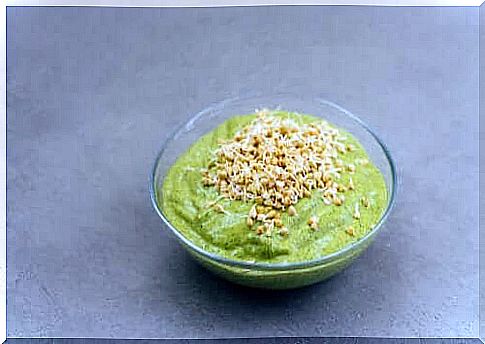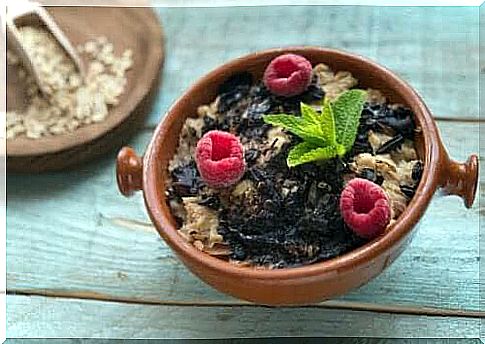Everything You Need To Know About The Real Food Movement

In recent years, the term “Real Food” has spread around the world, especially on social media. Every day, more and more people choose to follow this diet, based on exactly what the name says: real food.
Those who follow this philosophy call themselves “realfooders.” So what is this new trend about?
What is the Real Food Movement?
According to the creator of the Real Food movement, Carlos Rios, realfooding consists of having a lifestyle based on eating real food rather than ultra-processed foods in the form of whole and semi-finished products.
Therefore, it is much more than a new trend. Rather, it is about going back to the foods we have eaten for centuries. It’s going back to Grandma’s beef stew and a diet made up of fresh ingredients. It is about opting out of foods with endless ingredient lists and additives that do not provide any health benefits.
At first glance, it may seem that the movement encourages us to opt out of everything that can be bought in the grocery store. Of course, this is where we find the largest selection of processed foods. However, the “Real Food” movement has a significant exception category.

Foods in this category have undergone some form of processing, either industrial or by hand. However, the health properties of food are either harmless or even favorable.
The only goal of the processing is to make the food last longer and be safer and easier to eat. It can be mechanical, physical or chemical.
Below is a list of healthy processed foods that we can all eat to a greater or lesser extent:
- Extra virgin olive oil
- Pasteurized milk
- Fermented dairy products (yogurt or kefir)
- Preserved legumes such as beans and chickpeas
- Canned seafood
- Wholemeal pasta
- Wholemeal bread
- Frozen vegetables
Why join the Real Food movement?
The reasons for choosing a Real Food lifestyle can be many and varied. One of the three main factors that drives many to this change is better health.
In recent decades, we have witnessed a worrying increase in obesity and overweight worldwide, and this trend shows no signs of breaking. This applies to both children and adults. In addition, the incidence of diseases related to obesity, such as type 2 diabetes, high blood pressure, high cholesterol, etc. is also increasing.
The situation is only getting worse and worse, and so are our bad eating habits. To combat this epidemic, something must change. A change that begins with us adopting a healthier lifestyle and good eating habits.
To begin with, we need to start eating real and healthy foods, such as fruits, vegetables, leafy vegetables, legumes, nuts, seeds, lean meats, fish, eggs and dairy products. In addition, we have to train every day.
By making these changes, we can in the long run maintain our physical and psychological well-being.
Can we all eat Real Food?
If you have asked yourself this question, the answer is a resounding YES! We can and should all opt out of extremely processed foods and instead eat “real” food. Everyone in your home, from the youngest to the oldest, can benefit from this lifestyle change.
For children, the benefits of the “Real Food” movement are greater and more effective in the long run. It is during our first years that we develop the eating habits that are established and affect us in the future.
The Real Food movement and children
There is no better time to establish good eating habits than when children are still small.

However, it is not always easy to introduce these habits in children. That’s why we want to take this opportunity to give you some tips:
- Prepare colorful and varied meals. With a little imagination, you can surprise your children and offer them irresistible healthy dishes.
- Avoid all finished and semi-finished products (except the exceptions above). If all you have at home is healthy food, that’s what you’ll strive for when you feel hungry. But if you have junk food in the cupboards, even if they are only for special occasions, you will probably eat them more often than you should.
- Lead by example. Children learn by imitating. So there is nothing better for them than to watch their role models eat and enjoy healthy foods.
- Let your children join. Take them with you when you go shopping and let them help you cook different dishes. It is a great way for them to get acquainted with healthy foods and feel involved in cooking, something that makes it more fun to eat the food later.









